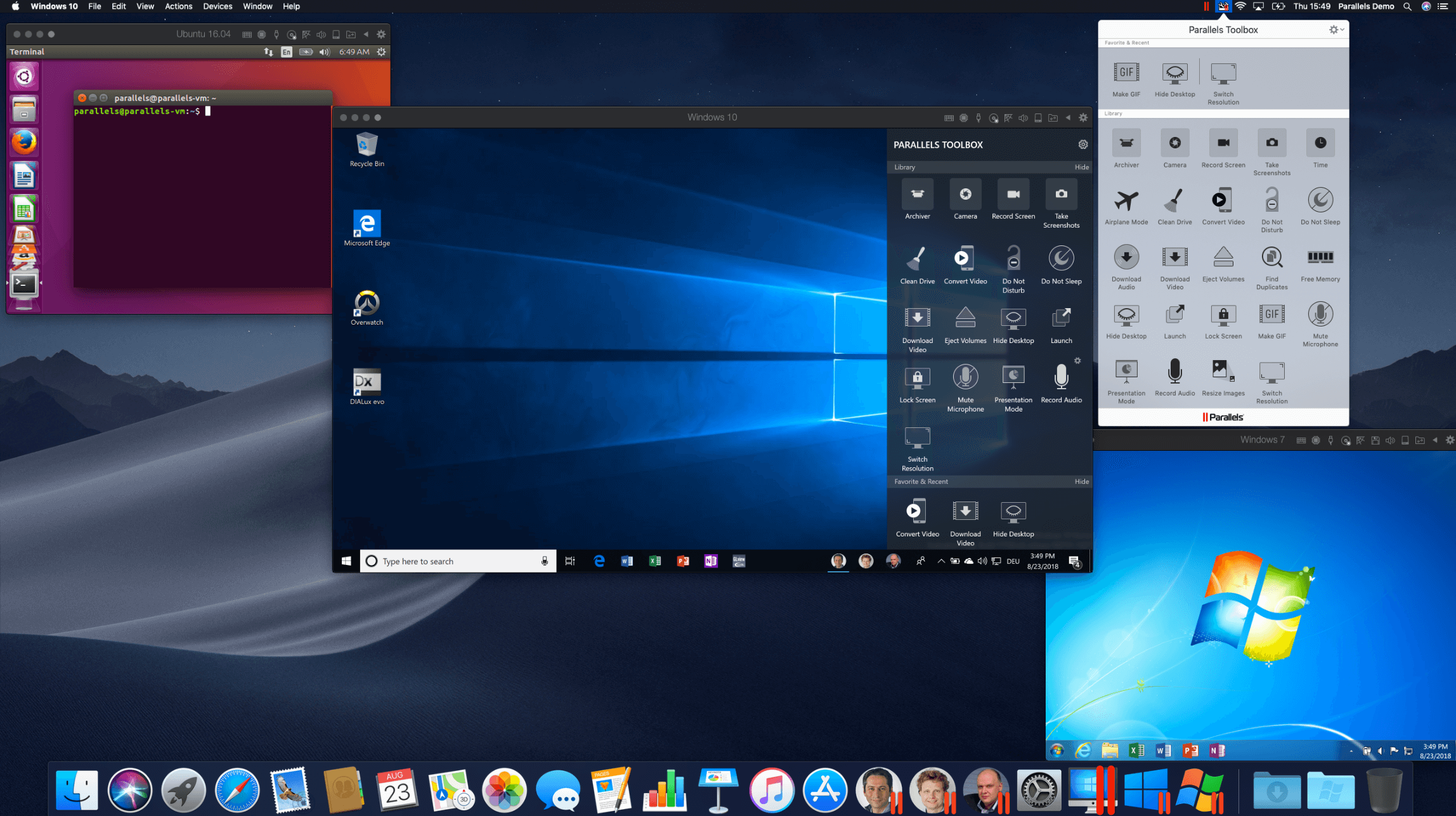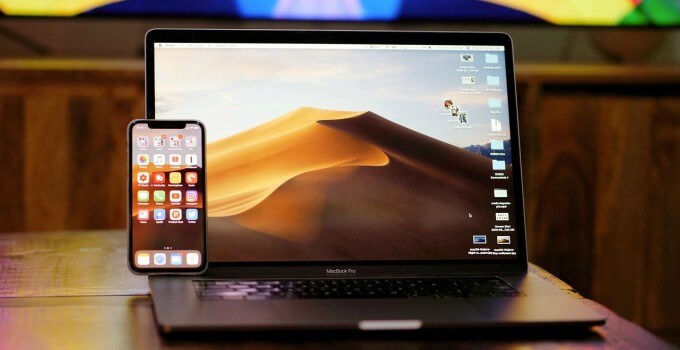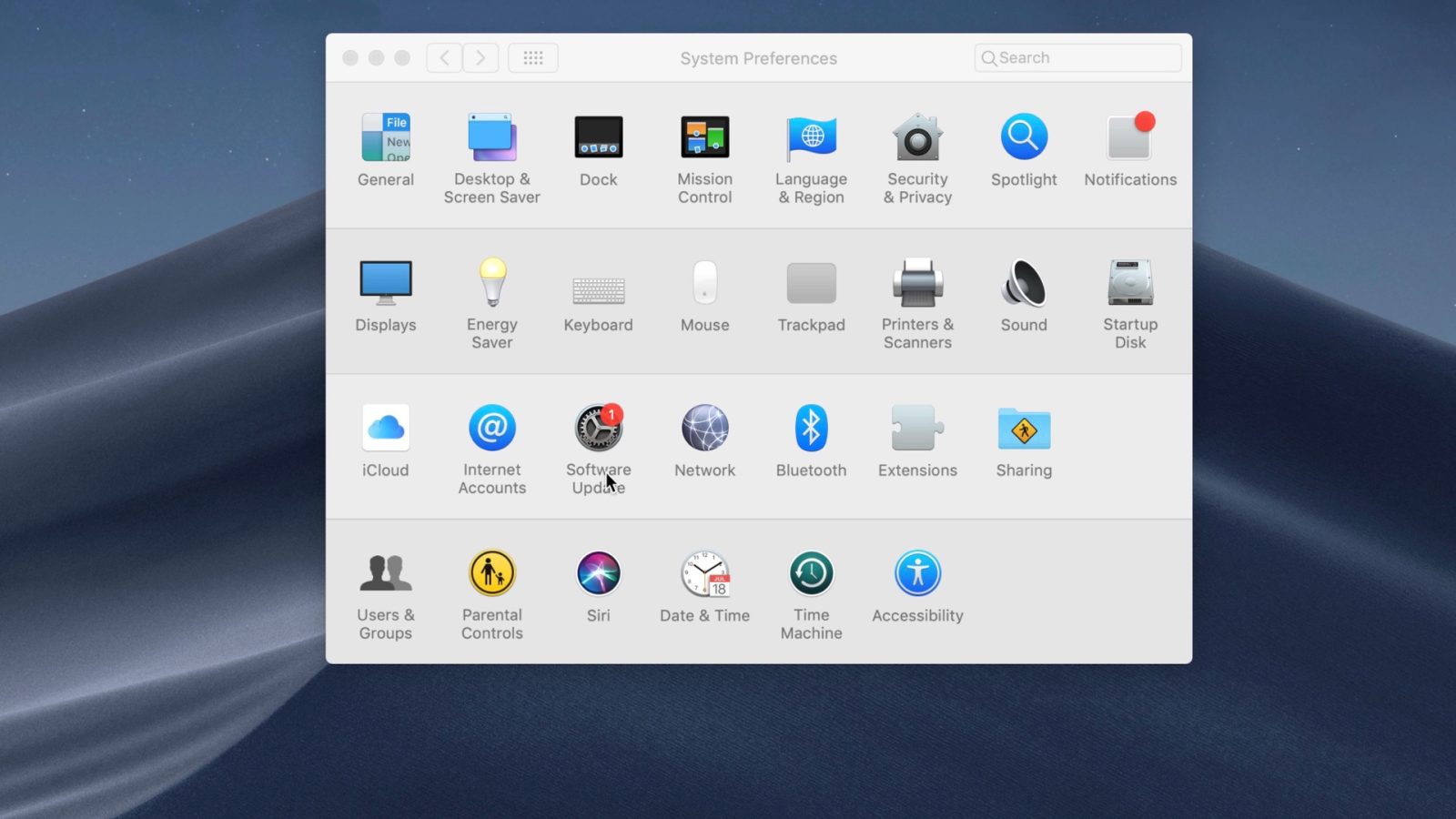Patched Sur is a UI patcher for macOS Big Sur, designed to make it easy to run macOS 11 on unsupported Macs. This patcher hopes to allow any user of any knowledge to patch their Mac, while still giving you freedom on how you want to use your Mac. An existing computer with Windows, Linux or Mac: This is the computer where you will download and set up macOS Mojave.The computer can run either Windows, Linux or macOS; any operating systems will work. A Hackintosh-compatible computer with an empty hard drive: This is the computer where you will install macOS Mojave.It can be the same computer as the one mentioned in the previous point.
- To start patching from the download list at the beginning of the contract text, download the VMware Player Patch Tool from the VMware Player Intel APFS Mojave 10.14.3. Then go to the file download location and decompress the file. Then move the patch file to the folder where VMware is installed.
- Download the latest Catalina Installer using the latest Catalina Patcher version. Some third-party applications do not open or crash on launch This is an issue Apple introduced in 10.15.4, and is not an issue with the patch itself. To work around this, immediately relaunch the affected application after receiving the crash message.
Helps you create a bootable USB drive for macOS Catalina which will work with older Macs, not officially supported by the operating system
What's new in macOS Catalina Patcher 1.4.4:
- Fixed compatibility with Catalina version 10.15.5
macOS Catalina Patcher (formerly macOS Mojave Patcher, macOS High Sierra Patcher and macOS Sierra Patcher) is a small yet powerful tool that can help you create a bootable USB drive that can be used to install macOS Catalina on Mac computers older than mid 2012, basically acting as a macOS Mojave patch for unsupported Macs.
The tool extends the list of compatible hardware to the Mac Pro, iMac and MacBook Pro computers released in early 2008, Aluminum Unibody MacBooks or MacBooks Air manufactured in late 2008, or white MacBooks and Mac Minis produced in early 2009.
Get the macOS Catalina Installer app and make sure you have access to a compatible USB drive
To be able to use the app you must make sure that you have a USB drive that has at least 8 GB available, and that you have the macOS 10.15 Catalina installer app on your Mac.
Note that you can download the macOS image from the Mac App Store application only on a machine that supports Catalina: otherwise, you must find an alternative solution.
For your convenience, macOS Catalina Patcher offers you the possibility to download the image through its interface: just navigate to the Tools menu.
At the same time, you must prepare the USB drive with the help of the built-in Disk Utility application: just format the disk using the Mac OS Extended (Journaled) standard.
Easy to configure patcher tool that can create bootable macOS Catalina USBs
Within the main window, you must simply load the macOS 10.15 image you want to use and select the target USB drive. The app will verify the image to make sure everything is OK, and all you have to do is press the Start Operation button.
You have the option to monitor the process in the macOS Catalina Patcher main window, and the utility lets you know when the task is complete.

Worth mentioning is that after you install the OS by using the macOS Catalina Patcher bootable drive, you must launch the macOS Post Install utility to get access to patches specifically designed for your Mac’s model.
Make a bootable drive that allows you to install Catalina on unsupported Macs
Bottom line, if your Mac has been manufactured before early 2008, chances are that you will not be able to install macOS Catalina on your computer.
All things considered, macOS Catalina Patcher is a small and user-friendly utility designed to help you bypass this limitation if your Mac is not in macOS Catalina's compatibility list, created to be used as an unsupported Mac Mojave patch.
Filed under
macOS Catalina Patcher was reviewed by Sergiu Gatlan- 64-bit processor
- 16 GB USB drive
- macOS Mojave Installer App
- Early-2008 or newer Mac Pro, iMac, or MacBook Pro
- Late-2008 or newer MacBook Air or Aluminum Unibody MacBook
- Early-2009 or newer Mac Mini or white MacBook
- Early-2008 or newer Xserve
macOS Catalina Patcher 1.4.4
- runs on:
- Mac OS X 10.6 or later (Intel only)
- file size:
- 223.4 MB
- filename:
- macOS Catalina Patcher.dmg
- main category:
- System Utilities
- developer:
- visit homepage
top alternatives FREE
top alternatives PAID
Undoubtedly, Windows 10 is a user-friendly operating system with its own pro and cons. But which operating is free from it? If you’re in love with Windows 10 and do not want to leave it, but want to try macOS, you can do so. But how?
The safest way without leaving safe boundaries of your current operating system is using a virtual machine.
Virtual machine is an emulation of a computer system, it behaves like an actual computer by imitating dedicated hardware.
In this how to install macOS Mojave on Windows 10 tutorial you’ll learn how to create a Hackintosh.
So, let’s begin without going into details.
Pre-requisites to create macOS Mojave on Windows 10
You’ll need to download and install certain essential tools before we begin.
1. VMware Player 15.0.4

Mojave Patcher Windows
VMware Player Intel APFS Mojave 10.14.3
VMware Player Patch Tool (Both Files Required)
2. MacOS Mojave
Once all the above-mentioned files are downloaded, extract them using an archive tool like WinRAR or WinZip. In the extracted folder, you’ll see a .VMDK file. This the file that contains the operating system.
How to Create a macOS Virtual Machine Using VMware Workstation Player
You can not only create a macOS Mojave on VirtualBox but can also use VMware to create a virtual machine. Before doing so, remember VMware requires patching before macOS Mojave virtual machine runs.
Patching VMware Workstation Player
We hope you’ve downloaded VMware Player Patch Tool. That being done, now you need to extract the contents of the zip file.
Tip: Save all the downloaded files at one location and extract them on the same drive. As VMware root folder and extracted files are on C: extract all on the same driver. As it will work best.
While extracting patch file ensure VMware is not running. To cross-check head to Task Manager by pressing CTRL+SHIFT+ESC. Here, under Processes tab look for Vmware, if you find it select > End Task.
Once done head back to patch folder > right-click the win-install command script > Run as Administrator. This will open the Command Prompt window, where patch script will run. While the process is running, keep an eye on the screen and ensure there is no “File not Found” messages.
Note: “File not found” or a “system cannot find the file specified” message appears while installing VMware Workstation Player when the patch file is saved in a location different to the default folder.
Once the patch runs completely, open VMware and start creating macOS Mojave Virtual Machine.
Steps to create macOS Mojave Virtual Machine
1. Open VMware > New Virtual Machine > Next > Custom > Next.
2. Select Create a New Virtual Machine > I will install the operating system later > Next.

Mojave Patcher Windows Xp
3. Select Apple Mac PS X > under Version click the down arrow to select macOS 10.14. In case you do not see Guest operating system or macOS options, this means the patch didn’t install correctly. So, reinstall the patch and then follow the steps.
Give a name to your macOS Mojave virtual machine and copy the file path as you’ll need it later to make some edits.
4. On the next screen, change Number of processors to 1 and change Number of cores per processors to 2 > Next.
5. Next, allocate the memory > Next. We suggest allocating 4GB.
6. After this, select Use network address translation (NAT) to connect. However, if you don’t want network connectivity select Do not use a network connection > Next.
7. Avoid changing recommended I/O controllers, disk type > Next.
8. Now, select Create a new virtual disk > Next. Do not change the recommended disk size. Select Store virtual disk as a single file > Next.
9. To finish creating macOS Mojave virtual machine specify the location where you wish to disk file > Next > Finish.
Wait, do not start the virtual machine.
Before we start the virtual machine, you’ll need to edit the certain settings. To edit macOS Mojave Settings follow the steps below.
Steps to edit macOS Mojave hardware specifications:
1. Open VMware > select macOS Mojave virtual machine > Edit virtual machine settings.
2. Let VMware run on default virtual machine memory. We recommend using 4 GB.
3. Under Processors, if you see the number of cores more than 2 edit them and make it 2 under core processors.
4. Next, under Hard Disk (SATA), if there is an already create disk remove it. Select SATA > Remove.
5. Now, select Add > Hard Disk > Next > SATA (Recommended)> Next > Use an existing disk. Browse to the location of existing macOS VMDK and hit ok.
Edit the macOS VMX file
You are now one step away from using your Mac Mojave virtual machine. To make the final edits close VMware and follow the step by step instructions below:
1. Go to the location where you saved macOS virtual machine. Its default location is: documents folder on your C drive.
2. Now, navigate to macOS.vmx > right-click > Open with > Notepad.
3. Scroll to the end and add: smc.version = “0”
Mojave Patcher Tool
4. Save the change and Close Notepad.
You are nowall set. Open VMware select your macOS Mojave virtual machine, and enjoy using it.
Since we are using VMware version 15 you can install VMware tools from within. To do so, head to VM tab in your VMware > Install VMware tools.
Troubleshooting
Sometimes when the patch file isn’t processed properly you may encounter error message like:
“Mac OS X is not supported with binary translation”
“VMware Player unrecoverable error: (vcpu-0)”
If you receive “Mac OS X is not supported with binary translation” you’ll need to activate virtualization in your BIOS/UEFI configuration.
If you receive the message “VMware Player unrecoverable error: (vcpu-0)” this means you forgot to add smc.version = “0” in the .vmx file. So head back and add it.

Auto Patcher For Windows 10
So these were the simple steps to run macOS Mojave on Windows 10. If you follow the step by step, then nothing can go wrong. Please leave us a comment to let us know all went well. However, if you faced any problem do let us know.